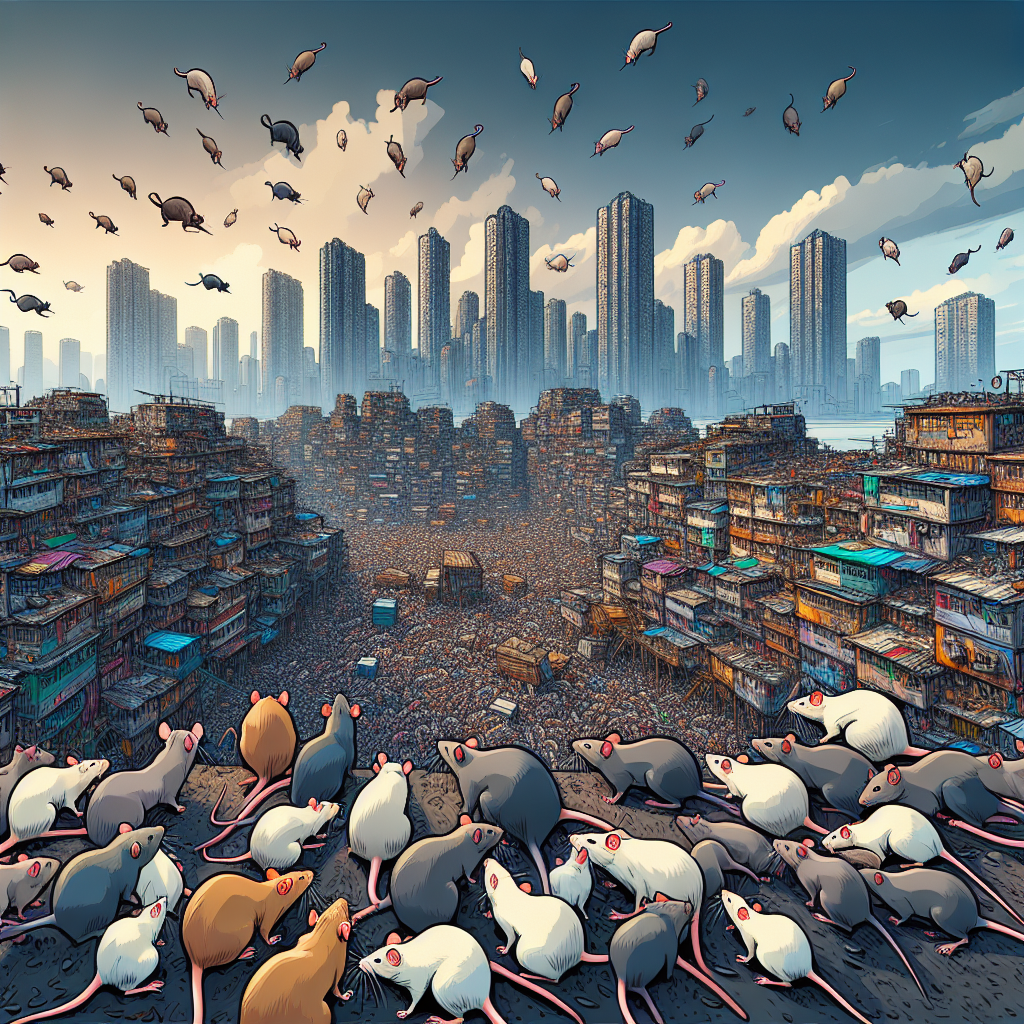
The Urban Rat Explosion: Understanding the Causes and Consequences
The dramatic increase in urban rat populations has become a pressing issue for cities worldwide. Recent studies and news articles have highlighted how various factors, including climate change and urbanization, fuel this alarming trend.
Understanding the Rat Boom
Rats are a common sight in urban environments, but recent research indicates that their populations are exploding. A study published by Science suggests that the warming climate, combined with increasing urbanization, has created favorable conditions for rats to thrive. Urban rats have adapted to the resources provided by dense human populations, making cities ideal breeding grounds.
Climate Change and Urban Heat Islands
Climate change is a significant driver of this phenomenon. Warmer winters and longer periods of mild weather have reduced natural population controls like cold temperatures, which previously kept rat numbers in check (NPR). Additionally, the heat island effect in urban areas amplifies these conditions, further facilitating rat proliferation.
Urbanization and Waste Management
Cities concentrate human activities, leading to abundant food sources for rats. Poor waste management, especially in densely populated areas, sustains and boosts rat populations. This has been observed in places like New York City and other major urban hubs (The City).
The Impacts and Challenges
Rising rat populations pose significant public health risks. Rats are known carriers of various diseases, and their presence in densely populated urban centers increases the likelihood of disease transmission to humans. Moreover, they can damage infrastructure by chewing through cables and pipes, leading to costly repairs and maintenance.
Efforts to Control Rat Populations
Cities are implementing new strategies to control these pests. Innovations in waste management, such as secure trash bins and better sanitation practices, are crucial. Urban planners and public health officials emphasize the need for integrated pest management approaches that consider ecological and social dimensions.
Global Implications
The rat boom is not just a local issue but a global challenge, with implications for public health, infrastructure, and the environment. Collaborative efforts across municipalities, researchers, and global health organizations are necessary to develop effective, sustainable solutions.
Conclusion
The surge in urban rat populations, driven by climate change and urban living conditions, presents an ongoing challenge for cities worldwide. Addressing this issue requires a comprehensive understanding of the interaction between environmental changes and urban development, alongside practical interventions to mitigate the impact.
For a deeper dive into the scientific studies on this topic, visit BBC and ABC News.




